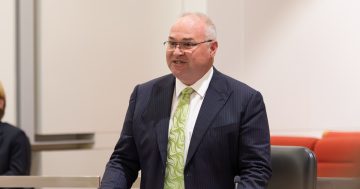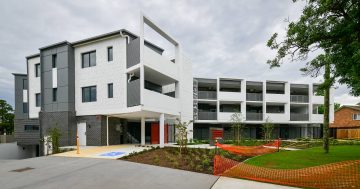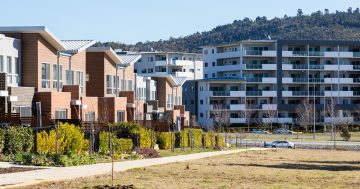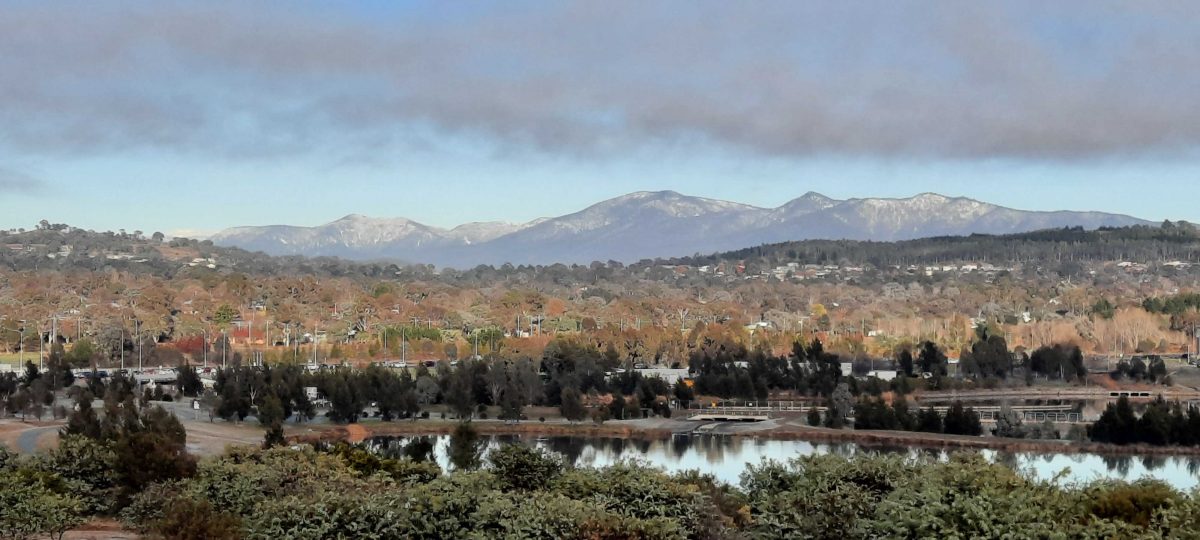
The big freeze: Snow on the mountains behind Weston Creek on Tuesday morning. Out-of-date homes won’t cut it in changing market. Photo: Ian Bushnell.
This week’s brutal sub-zero temperatures were a timely reminder of the need for the ACT’s housing stock to be up to date with energy-efficient heating and cooling measures, including effective insulation.
Some landlords and the real estate industry continue to argue that the new ACT Government tenancy laws requiring modern ceiling insulation in rental properties will only lead to higher rents as costs are passed on or fewer properties in the market as owners sell up.
But there would be few in Canberra on a -7 degree morning who would begrudge tenants the right to a home that could keep out that kind of freezing cold and retain warmth.
Landlords have been given a generous phase-in period and there is a government scheme through which they can access interest-free loans to finance what would be a tax-deductible investment in their asset.
That business investment is one that landlords increasingly will have to make if they wish to stay competitive in a rental market that is shifting in Canberra and will hopefully ease further in terms of supply and prices.
This week’s budget housing announcement shows that the government, assisted by the Commonwealth’s cooperative approach with the states and territories, is finally serious about increasing social and affordable housing, especially for those with jobs suffering under crippling rent burdens.
It also indicates a greater emphasis on boosting the number of rental properties in general through the government’s build-to-rent policy, an approach becoming increasingly popular with investors, especially institutional ones.
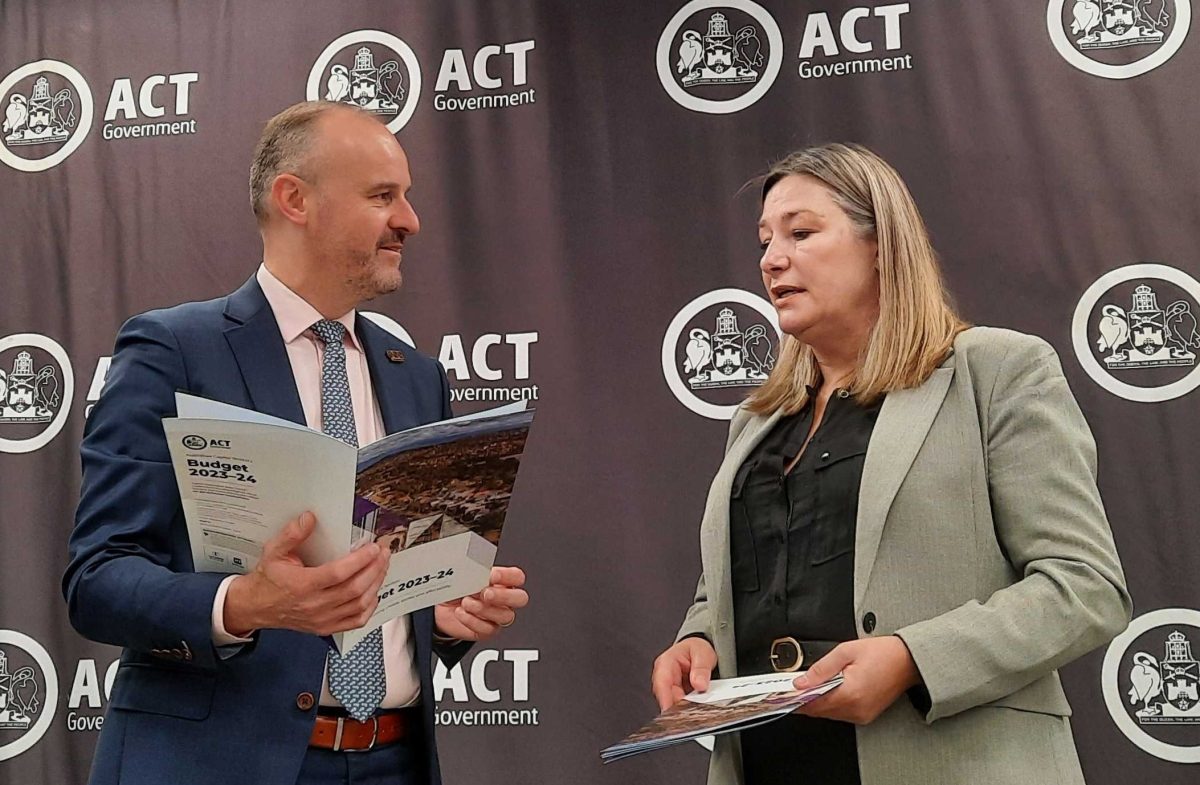
Chief Minister and Housing Minister Andrew Barr and Yvette Berry at the Housing Budget announcement. Planning reforms are key to more housing, they say.
Chief Minister Andrew Barr says he doesn’t want housing to just keep pace with population growth but exceed it.
That means thousands of new rental properties, and not just anywhere, but in locations close to where people work, shop and play.
Concessions remain to help people buy their first home, including another stamp duty cut, but the fact is that for many, Canberra’s property prices are just too steep.
What they, and the transient workforce the national capital attracts, need, is livable, affordable and secure rental accommodation.
Mr Barr argues correctly that a rent freeze beyond the limitations already in place is not the answer, but a sufficient volume of properties to bring vacancy rates to the 3 per cent considered healthy, and bring rents down to less stressful proportions of income, is.
Mr Barr unsurprisingly links this to the planning reforms designed to unlock land that currently cannot sustain higher densities under the current regime because he is talking about multi-unit development along main roads and transport corridors, medium density “missing middle” and dual occupancies on large blocks in established suburbs.
The question for many is: can this be done without ruining Canberra’s much-loved status as the bush capital?
But what many detractors fail to address is how and where will the thousands of new residents coming to the ACT live?
Mr Barr is adamant that while greenfield development on the city’s fringes will continue, not everyone will want to or be able to afford to live there.
The housing crisis, which has been in the making for decades, demands a serious response and innovative solutions.
The government believes a broad approach across every segment will also take pressure off its 3000-strong public housing waiting list as the market adjusts.
So with such an influx of new, modern, energy-efficient stock, Canberra’s older properties will need to be updated as both buyers and renters seek out homes that won’t cost them the earth to run or take a toll on their health.
It won’t happen overnight because the pipeline will need to be created and there will be a long lead time for construction, particularly given the labour and materials challenges facing the industry.
But the government has set a path forward as part of a national approach led by the Albanese Government.
The Commonwealth’s housing plans, including its proposed Future Fund, may not be perfect, but it would be better if the Greens in the Senate took what they could get instead of holding out for more and now delaying a vote until October.
The community housing providers they purport to support have been screaming for them to get out of the way, something Mr Barr did not forget to mention this week.
But he also said there could be workarounds. Whatever happens, a lot of homes are going to have to be built.















